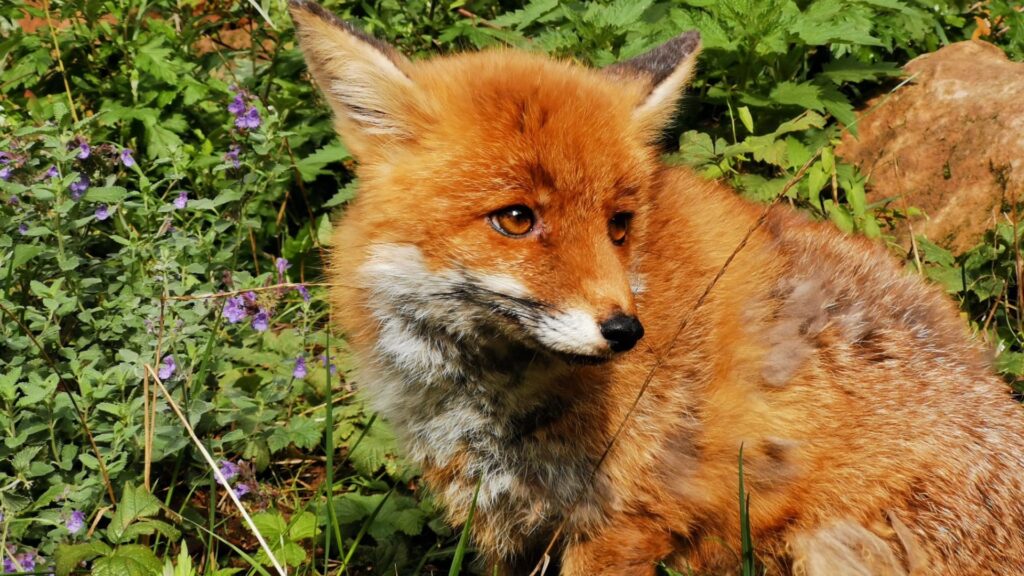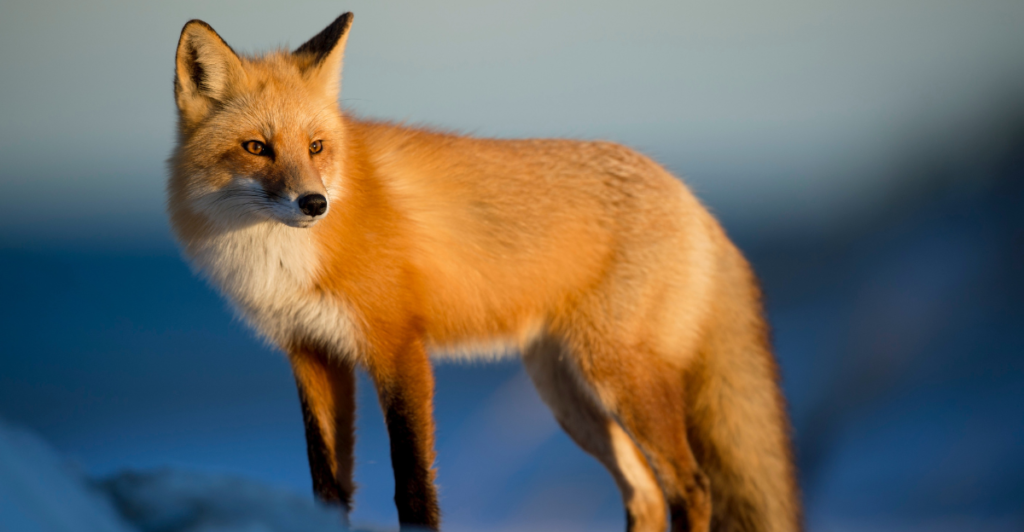
The most common species in the U.S. are the red fox and the gray fox. These animals thrive in all sorts of environments, which means they’re found across many states.
Understanding Fox Habitats

Foxes are highly adaptable and can thrive in various habitats, including forests, grasslands, and urban areas. They prefer regions with a mix of open spaces and cover, which helps them hunt and stay safe from predators. Access to water sources is also crucial for their survival.
Population Overview

The red fox is the most common species in the United States, followed closely by the gray fox. Their populations have expanded significantly due to their adaptability and the availability of food sources in both rural and urban environments.
Texas

Texas boasts one of the largest populations of red foxes. The state’s diverse landscapes, including forests, grasslands, and urban areas, provide ample habitat for these animals. They thrive particularly well in suburban regions where food is abundant.
California

California is home to a significant population of gray foxes. These foxes prefer wooded areas and are often found in coastal regions. Their ability to climb trees sets them apart from other fox species, allowing them to escape predators easily.
Florida

Florida’s warm climate supports a healthy population of red foxes. They are often spotted in rural areas and near agricultural lands, where they hunt small mammals and scavenge for food. Their adaptability helps them thrive even in human-dominated landscapes.
New York

New York has a thriving population of both red and gray foxes. The mix of urban areas and natural habitats like parks and forests provides a suitable environment for these animals. They often venture into suburban neighborhoods searching for food.
Pennsylvania

Pennsylvania’s varied terrain supports a robust population of red foxes. They can be found in forests, fields, and even suburban areas. Their presence indicates a healthy ecosystem, as they play a vital role in controlling rodent populations.
North Carolina

North Carolina is known for its diverse wildlife, including a significant number of red foxes. These animals thrive in the state’s mixture of forests, wetlands, and agricultural lands. Their adaptability allows them to coexist with humans successfully.
Virginia

Virginia’s landscape is ideal for both red and gray foxes. The state’s blend of urban areas and natural habitats provides plenty of food sources. Foxes are commonly seen hunting small mammals or scavenging near farms.
Illinois

Illinois has a growing population of red foxes, especially in rural areas where agricultural activities provide ample food sources. Their presence is beneficial as they help control pest populations on farms.
Delaware

Delaware has one of the largest populations of red foxes in the U.S. These foxes thrive in various habitats, including rural, agricultural areas, and urban environments. Conservation efforts by the Delaware Division of Fish and Wildlife have helped maintain healthy populations through habitat management and monitoring practices.
Georgia

Georgia is home to a robust population of red foxes found throughout the state except in the lowest coastal areas. They adapt well to both rural and suburban environments, often seen hunting small mammals. Their presence indicates a balanced ecosystem, as they help control rodent populations.
Discover more of our trending stories and follow us to keep them appearing in your feed

10 Fish That Weigh More Than A Car
10 African Dogs Bred To Dominate The Wild
These U.S. States Have the Most Foxes—Is Your Home on the List
Key Differences Between Wolves and Dogs
Disclaimer: This article was researched and written with the assistance of an AI and edited/fact-checked by a human.
Stay connected with us for more stories like this! Follow us to get the latest updates or hit the Follow button at the top of this article, and let us know what you think by leaving your feedback below. We’d love to hear from you!







